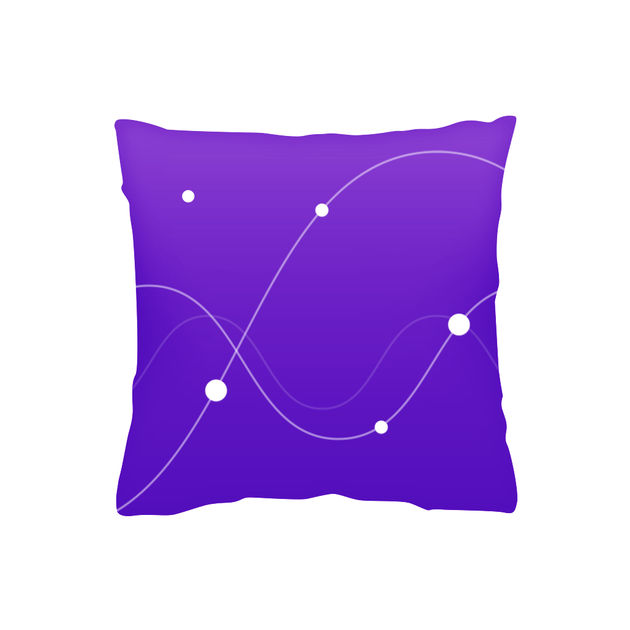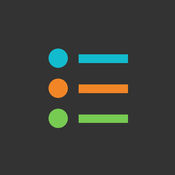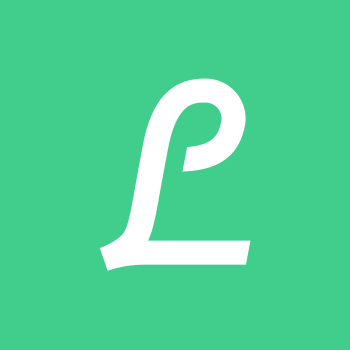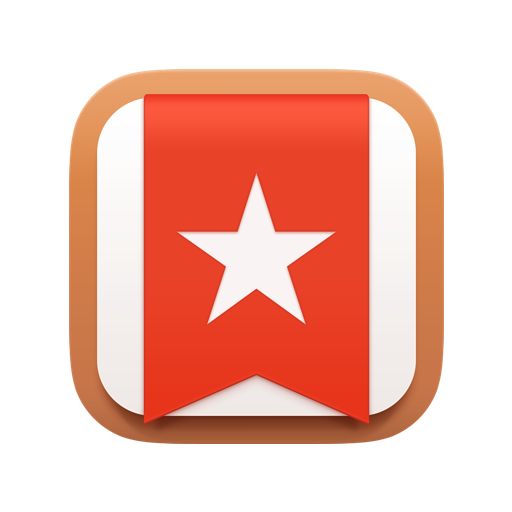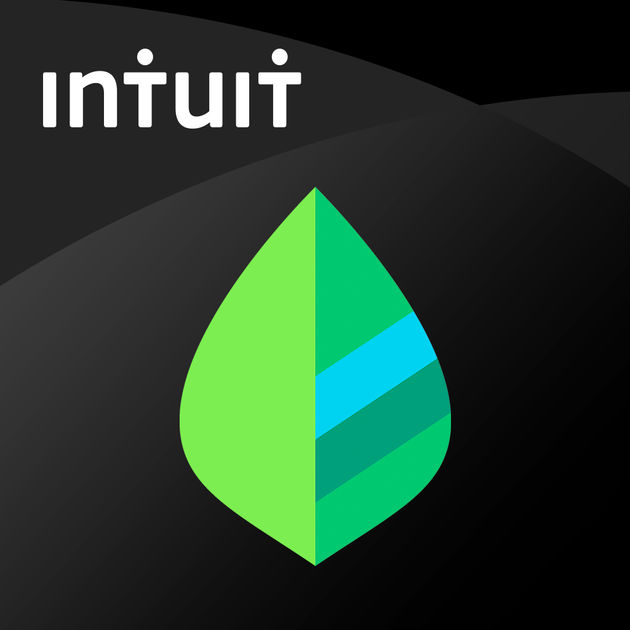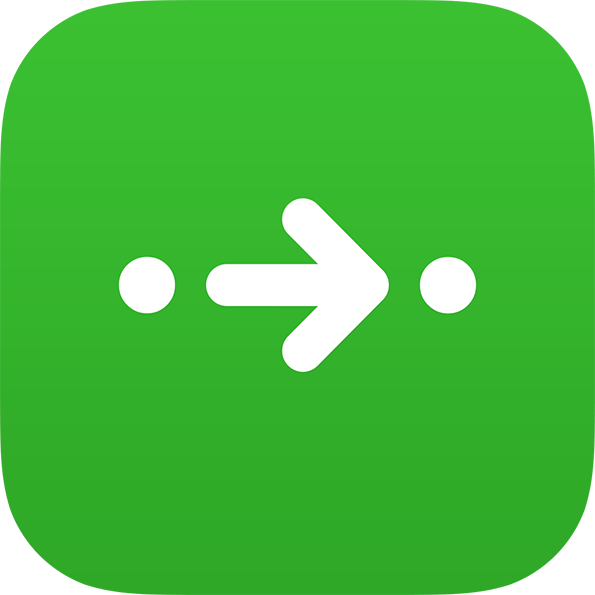I am writing this blog post in a bus that is on its way to Tangier. As you might know, I am studying abroad this quarter! I have been in Morocco since January 1st. Life here is definitely different from what I am used to and has been a true learning experience with many humbling moments along the way. Here’s a recap of my journey so far:
I arrived in Rabat at night on the first day of 2018. On the way from D.C. to Boston to Lisbon to Casablanca to finally Rabat, I made couple of friends and also got my first taste of Morocco.
I met a French-British woman who is a radio journalist. I asked for help from a mom and her daughter. The mom even fought with a taxi driver on my behalf. I talked to a lady who was watching a Turkish TV show. Being Turkish is a currency here – which has its pluses and minuses. People love our shows and our president. And I seem to get away with a lot of things because as soon as people guess I am Turkish, or I say I am from Turkey their whole demeanor changes. They welcome me a thousand times and say all the Turkish words they know. They let me bargain for lower prices, because I am not like other tourists. I am not complaining, but I want to note that this probably stems from internalized preferences for whiter and more European-looking Muslims.
On the way from Casablanca to Rabat, the night sky was clear and there was a full moon. It was especially picturesque when it lit up stretches of lush farmland. I saw horses and palm trees and palaces (I think), sometimes unfinished small, flat-roofed houses, and cacti. After 30+ hours of airplanes and airports, it was a refreshing change of scenery. When I finally arrived in Rabat, it was dark and I was tired, so I checked in at the hotel, went to my room, and immediately fell asleep.
Rabat is the official capital of Morocco but Casablanca is the cultural one. It’s like D.C. vs New York, or Ankara vs. Istanbul. That being said, as it is expected from capital cities, there is a calmness and quiet here. It has to be a little boring so it doesn’t attract that much attention – the King lives here too. (In case you didn’t know, Morocco is a monarchy and people love the King – one of the things we learned during orientation was to not insult the King or the monarchy because people will get really offended).
Our first week, we stayed in the hotel. And on the Friday of, we moved into homes with our host families. There are 26 people in our program and we are all living with Moroccan families so as to be fully immersed in the culture here.
The following Monday we started classes. And for the last three weeks we have been learning about Antiquity aka. Romans, Greeks, Phoenicians, Carthaginians and the rise of Christianity. We visited some ancient ruins in Volubilis (pictured below), Chellah, and Lixus, and we went to the archeology museum in Rabat. We are traveling today to Spain because we covered a bit of the Muslim rule in Spain and will see Cordoba and Granada when we are there.
In addition to history of civilizations – we are all taking Arabic. Most people are learning Darija—which is the local, Moroccan dialect of Arabic. Only three of us are continuing with Modern Standard Arabic (fusha) – this is so when we go back to Chicago, we can finish our intermediate Arabic sequence. While I don’t get much practice speaking fusha/Darija outside (or even at home), I have been getting a lot of practice in my class and really like my teacher.
Almost all people in Morocco are bilingual. Kids start learning French in elementary school and academics stay that way. The bilingualism isn’t even the most impressive part – because most young Moroccans are trilingual at the least. In addition to French, they start learning English in high school, and can hold their own in any conversation. Spanish is also commonly found (especially in the North) and in fact, when I landed in the Casablanca airport and had to ask for directions from a police officer, I spoke with him in Spanish.
Last week I met a language partner* of one of the people in our program, upon hearing my name, she exclaimed (in Turkish) “You are Turkish??” and since that is a signal word to just switch over to Turkish – I replied yes, and you are too?
She laughed at me and continued – in fluent and accent-less Turkish – that she is not Turkish, she is Moroccan, and she loves our TV shows. I was dumbfounded obviously because I am not the kind of person that easily says “So and so speaks perfect Turkish” – but this girl? She floored me. And she has no former schooling in Turkish – she learned perfect enunciation and grammar and comprehension from these Turkish shows. We exchanged WhatsApp numbers and later that day when we were messaging I was further impressed because she is also a flawless speller. Oh, and she’s only 19.
*Our program assigns us language partners – Moroccans who are close to us in age who are learning English so we can practice Arabic with them and they can practice English with us.
This past weekend, Leyla (my roommate and close friend from Chicago) and I went to Casablanca and were hosted by a distant family friend of hers. They have a daughter, Nada, who is 16, who actually is the Moroccan ambassador for an international girls-leadership summit that is hosted in Chicago. And she learned English from make-up tutorial videos. And well – you can fill in the rest here: she’s good enough at it that she was flown all the way to Chicago to meet with and present to women leaders from the likes of Google and Microsoft.
These are the cultural phenomena that leave me in awe. Of course, Moroccan hospitality is another level of treating guests. I thought that Nada would take us out for tea and we would go to the big mosque and then leave that same night. Morocco has proven me wrong quite a few times at this point.
Nada came to pick us up with her dad, and they drove us back home so we could have lunch. The lunch was preceded by dates, figs and milk. Then a large traditional salad mix, followed by a beef tajeen. Tajeens are earthenware pots that a variety of dishes are made in – they come in various sizes, and families use the bigger ones during meals because it’s shared by everyone around the table.
After the meat, we had fruits and tea. Then they took us to the Hasan II mosque. Once we got there, they set up with a blanket on the courtyard and told us to take as much time as we wanted. The mosque is beautiful – it’s the biggest mosque in Morocco and the 13th biggest in the world. The inside is so big they have escalators to get to the prayer area. Leyla and I prayed evening prayer in congregation, which included several pigeons who, I suspect, are natives of the mosque.
Afterwards, we sat outside and ate cake and more fruits. They, then took us to the largest mall in Africa. It has an aquarium inside! And then they got us ice cream. The next day, after breakfast they took us back to the mosque to see it in daylight, and then to the ancient medina (where the shops are), and a fresh fruit juice and pastry shop for an afternoon snack. They fed us an early dinner and then they took us to the train station. The total cost of our two-day trip was 74 dirhams (~7.4$) for the train ticket to and from Casablanca because this family did not make us pay a single dirham for anything. And they are expecting us again – whenever we have a free day.
Another cultural phenomenon is men-only cafes. Of course, they aren’t explicitly marked for men but if there are small tables outside and the chairs are all facing the street, you can be sure that it’s a men’s café. Some people on the program were surprised that this existed since in America we apparently don’t have men-only spaces (!). Even if we disregard saloons and taverns of the olden times (although they were for men only and a certain type of women), there are so many other places (physical and abstract) where there is a systemic exclusion of women (like the presidency of the US).
And the other point about these cafes, is that they are actually a good representation of what’s missing in American society: places to foster healthy male friendships that aren’t centered around drinking and objectifying women (like fraternities).
The weekend before, we went to Fez. Fez is famous for its leather and tanneries, the maze that is its medina, and for being home to the world’s first university that was founded by a woman. We stayed in a riad (traditional Moroccon homes with many rooms and an inner courtyard) and quickly got accustomed to the smell of the medina (pure leather smell is strong, to say the least). The Fez medina is somewhat aggressive, if you are not used to half a dozen shopkeepers trying to lure you into their shop at the same time by using a variety of techniques. Even if a little bit unconventional, the people are always happy to help. Whenever we asked for directions, we were just escorted. The manager of the riad we stayed in took us where all the restaurants were (Bab Boujloud), and then later came to guide us back to the riad. We asked a family if they knew a certain street, they just said to follow them and took us there. When we wanted to see the tanneries, we asked a shopkeeper and he left his shop to take us there.
All this reminds me, there is a very strong honor system here. People care about each other and respect the rights (haqq) that people have over them. There are five small hanoots (like mini bodegas) on our street and they are all in business. The bag-sellers in the medina will watch each other’s shops, because they are friends. The nature of their relationship is compassionate and friendly, not competitive and cold. Leyla and I take the tram every day to go to school – and tram tix are 6 dirhams (~60 cents). You buy your ticket and you put it in the machine when you enter the tram. Then, there is a ticket checker who walks through all the tram cars and checks if you punched in your ticket. However, during rush hours, because the tram is super packed, there is no ticket checker. Essentially, everyone could ride for free, but everyone still punches in their tickets.
People are much more relaxed than usual. The focus is on personal relationships, not the completion of tasks. This adds a human element to everything. Sure, it’s a little more hectic, and sometimes even inconvenient, but we are so used to convenience and efficiency, we have become some of the loneliest people in the planet. If you want to park your car, there is no mobile app where you can pay for the spot – someone (a human being) helps you park in a place, watches your car while you’re gone, and you tip them when you leave. (Speaking of cars, traffic is absolutely chaotic. Rarely are there stoplights or stop signs, and you are usually jaywalking everywhere. Honking is very popular and the noise pollution is real. But, it's kind of endearing.)
Here are some more pictures of the things that i loved in Morocco so far:
!صحة


























